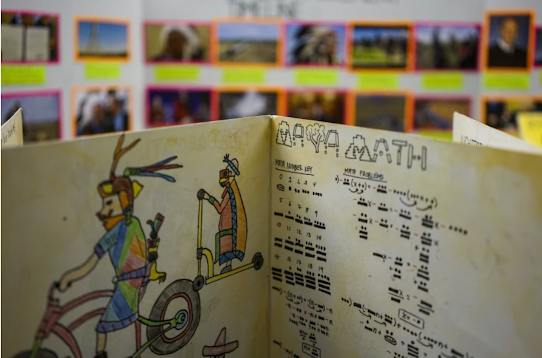I learned about this tonight from one of my doctoral students here at UT. I am glad to see the community organizing to protest this. An important concern is making a decision like this during a pandemic when families and communities have little access to schools.
Even just considering this hurts and its hurtful.
-Angela Valenzuela
OUSD considers closing up to 13 schools permanently, school board member says
Parents react to Oakland schools being considered for elimination
The Oakland Unified School District is considering as many as 13 schools to close permanently at the end of this school year, although the list, and decision to close any schools, is still tentative, according to the Oakland Unified School District. KTVU's Emma Goss reports.OAKLAND, Calif. -

On the potential chopping block are predominantly elementary schools, according to a preliminary list provided to KTVU by OUSD school board director Mike Hutchinson. More schools could close or merge the year after.
A spokesperson for OUSD noted that the final list, which may be trimmed down, won't be public until the end of the week.
Additionally, the reason for drawing up a list of schools to consider closing or merging came from a Jan. 12 Board of Education decision, which tasked the OUSD superintendent and staff with creating a consolidation plan. All of it is tentative for now.
The Board of Education will hear a presentation on Monday with full details on the proposal to eliminate certain schools. The board will vote on the proposal in a special meeting Feb. 8.
Hutchinson is asking why these decisions are being made so quickly.
"There's a real question about why these schools, why now, and how is this proper during a pandemic with no community engagement at all?"
Parents at La Escuelita Elementary, a k-8 school in Oakland, are already gearing up to protest potentially closing the school, with a parent meeting set for Thursday, according to Sanela Osmancevic, whose daughter is a third-grader at the school
"We are going to organize because this is an amazing school," Osmancevic said. "We love it, it's close to our home, we know the whole community, it's not ok."
A Facebook Group called "Oakland is Not for Sale" is already active, sharing a flier encouraging people to form a car caravan on Feb. 1 and 3 in protest of the school closures.
Among the schools on the list to consider closing at the end of this year: five elementary schools, two middle schools, two k-8 schools, and one high school. There are also continuation and alternative high schools listed and two elementary schools may merge.
The issue of school closures is not a new one in Oakland.
The district has long faced budget shortfalls and under enrolled classrooms. Communities have also opposed closing schools in their neighborhoods despite the fiscal realities.
HERE'S A LOOK AT THE LIST OF POTENTIAL SCHOOL CLOSINGS IN OAKLAND AFTER THE 2021-2022 YEAR:
Elementary
Prescott
Brookfield
Carl Munck
Parker (k-8) elementary
Grass valley
La Escuelita (k-8)
Middle:
Westlake
Hillcrest (6-8)
High school:
Community Day
Continuation and alternative high school
Bunche
Rudsdale
Street academy
Merging:
Highlands (k-5) and RISE (Tk-5)
LISTED FOR CLOSURE AFTER 2022-2023 SCHOOL YEAR (PARTIAL LIST)
Elementary:
Horace Mann
Fruitvale
Manzanita Community
Middle:
Korematsu
Merging:
Accord Elementary and Encompass Elementary
Think College Now and International Community School





/s3.amazonaws.com/arc-authors/dmn/9686748c-5d82-4003-983c-530723fec563.png)